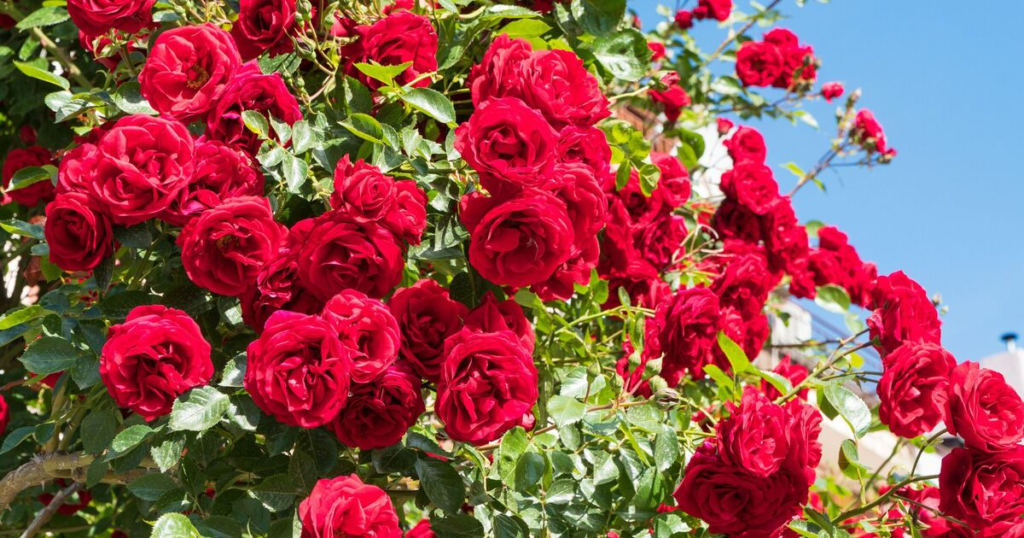Flowers play a significant role in the celebrations of Diwali, adding color, fragrance, and a spiritual essence to the festival. Different flowers are used in decorations, rituals, and offerings to deities, symbolizing purity, devotion, and positivity. Here are some commonly used flowers during Diwali and their importance:
1. Marigold (Genda Phool)
- Symbolism: Marigolds are one of the most popular flowers during Diwali. They are associated with the sun and signify brightness, optimism, and positivity.
- Use: Marigolds are often used to make garlands and decorate doorways, windows, and altars. Their vibrant orange and yellow hues are believed to invite blessings and good fortune into the home.

2. Lotus (Kamal)
- Symbolism: The lotus is a sacred flower in Hinduism, representing purity, beauty, and spiritual awakening. It is closely associated with Goddess Lakshmi, the deity of wealth and prosperity, who is often depicted seated on a lotus.
- Use: Lotus flowers are offered to Goddess Lakshmi during Diwali prayers. They are considered auspicious and are used in religious rituals as well as decorations.
3. Rose (Gulab)
- Symbolism: Roses represent love, beauty, and devotion. They are often seen as a symbol of divine love and are used in many religious rituals.
- Use: Rose petals are commonly used in rangoli designs and for decorating altars. Fresh rose garlands are also offered to deities during pujas.

4. Jasmine (Chameli)
- Symbolism: Jasmine flowers symbolize purity, elegance, and divine love. Their sweet fragrance is believed to purify the environment and attract positive energy.
- Use: Jasmine garlands and loose flowers are often used to decorate altars, homes, and temples. Their fragrance creates a serene atmosphere, making them ideal for religious ceremonies.
5. Hibiscus (Jaswand)
- Symbolism: Hibiscus flowers are associated with the worship of Goddess Kali and Lord Ganesha. The bright red hibiscus represents power, strength, and devotion.
- Use: During Diwali, hibiscus flowers are used in the worship of Lord Ganesha, especially during the initial prayers of the festival, as they are believed to bring protection and remove obstacles.
6. Tuberose (Rajnigandha)
- Symbolism: Tuberose flowers symbolize peace, calmness, and purity. Their strong fragrance is often associated with divine presence.
- Use: These flowers are used in decorations, especially around the altar, to create a peaceful and harmonious environment. Their calming fragrance adds to the spiritual ambiance of Diwali celebrations.
7. Chrysanthemums (Shevanti)
- Symbolism: Chrysanthemums represent joy, longevity, and optimism. Their bright and varied colors make them popular for festive decorations.
- Use: Chrysanthemums are used to decorate homes, temples, and Diwali altars. Their large, colorful blooms are often arranged in vases or used in garlands to enhance the festive atmosphere.
8. Bougainvillea
- Symbolism: Bougainvillea flowers, with their vibrant colors, symbolize warmth, enthusiasm, and celebration.
- Use: These flowers are often used in rangolis, garlands, and home decorations. Their bright colors add a festive feel to the environment.
How Flowers Enhance an Eco-Friendly Diwali
As we move toward more sustainable celebrations, flowers become an essential part of an eco-friendly Diwali:
- Natural and Biodegradable: Fresh flowers are biodegradable and decompose naturally, making them an environmentally friendly option for decorations and rituals.
- Zero Waste Decorations: Instead of plastic or synthetic decor, flowers can be used to create garlands, rangolis, and even as offerings, reducing waste.
- Locally Sourced: Flowers can be easily sourced locally, supporting small farmers and reducing the carbon footprint associated with transportation.
- Composting: After Diwali, flowers can be composted, providing organic nutrients back to the earth.
Incorporating flowers into Diwali celebrations not only enhances the beauty and spiritual aura but also helps in promoting a sustainable, nature-friendly festival.

Thank you for joining Prachi The Tatwa Girl. 🌿Read on various Panch Tatwa topics by #TheTatwaGirl.
Agni—The Fire Tatwa— I write about food under this element. Inspired by its energy and life force, I share special recipes and culinary creations.
Vayu – The Air Tatwa – In this element, I write about things around us, the cultures and festivals being celebrated. Traditions followed and mythology and beliefs of a particular place.
Aakash – The Sky Tatwa – Here, I write about my travel experiences. Here, I describe the infinite skies and towering mountain peaks I encounter during my journeys.
Jal – The Water Tatwa – Here, I express my inner emotions, just like the flowing and ever-moving water. This is a reflection of the continuous flow of my thoughts.
Prithvi – The Earth Tatwa – In the Earth element, I focus on environmental issues and eco-friendly lifestyle solutions. This includes ways to live in harmony with our planet. In today’s world, sustainable development has become a necessity.
Don’t miss the Green Tatwa Talks podcast, and explore eco-friendly, sustainable living practices from awesome Green warriors I have interviewed, who work towards protecting the environment and bringing about positive change.
Subscribe on LinkedIn and get EcoFriendly with Prachi.
Follow The Tatwa Girl
Check PragunTatwa Feed
Visit my nature stories feed on my Instagram Feed, For more Eco-Friendly content.
Did you hug a tree today? Check my Tree Love posts and learn more about the Trees around us.
Leave a Reply